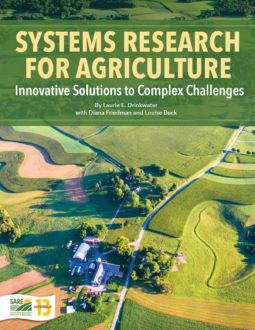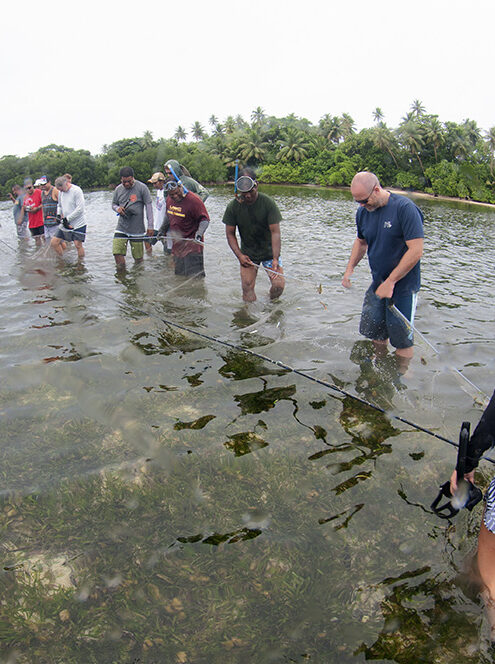Farmers today face a complicated host of environmental, social and economic pressures: protecting water and air resources, mitigating greenhouse gases, conserving biodiversity and limiting soil erosion, all while trying to make a living. These challenges are linked, yet most agricultural research of the last 80 years has approached them from a reductionist standpoint. To build truly sustainable farming systems, agricultural research must embrace a multidimensional approach known as agricultural systems research.
Systems Research for Agriculture outlines both the theory and practice of agricultural systems research, helping agricultural professionals to study, understand and develop economically, socially and environmentally sustainable production systems. This handbook begins with a brief introduction to the theoretical basis for agricultural systems research. It then delivers guidance on how to form effective interdisciplinary and multi-stakeholder teams, which include farmers and ranchers, and how to plan, implement and analyze systems experiments.
This handbook is essential reading for research coordinators and all other team members as they navigate the complexities of multifaceted systems projects.

